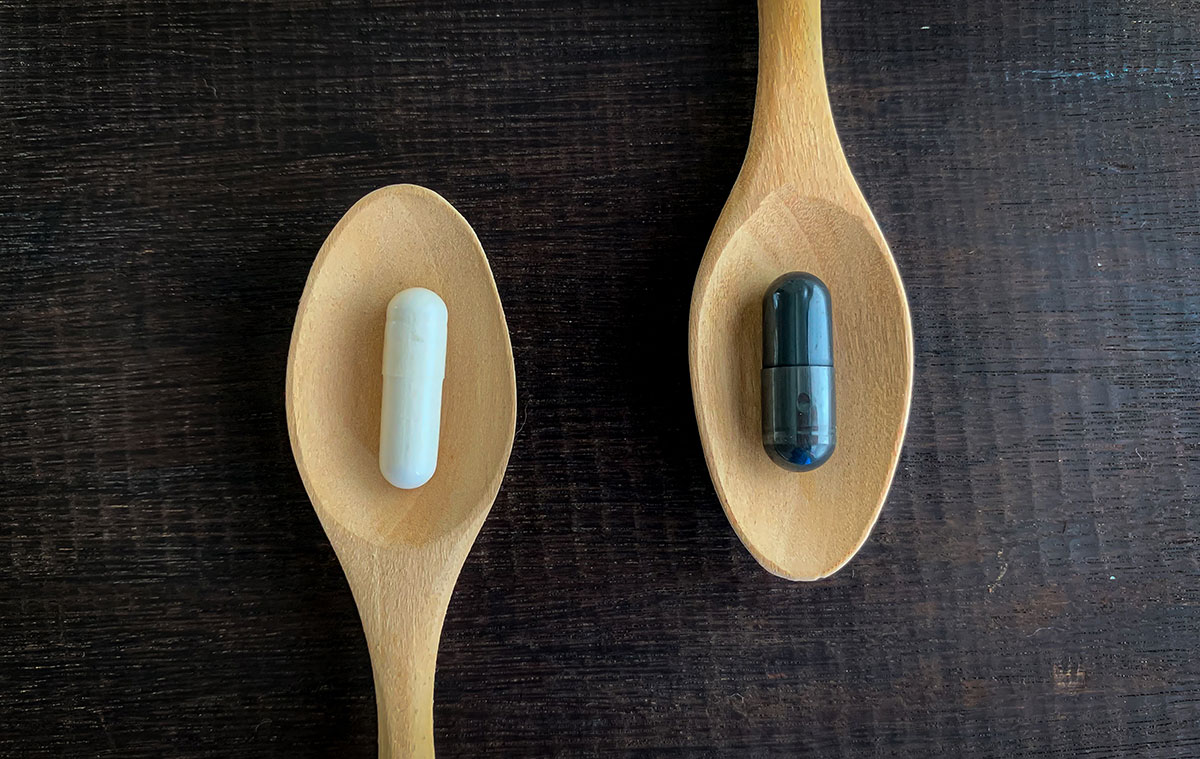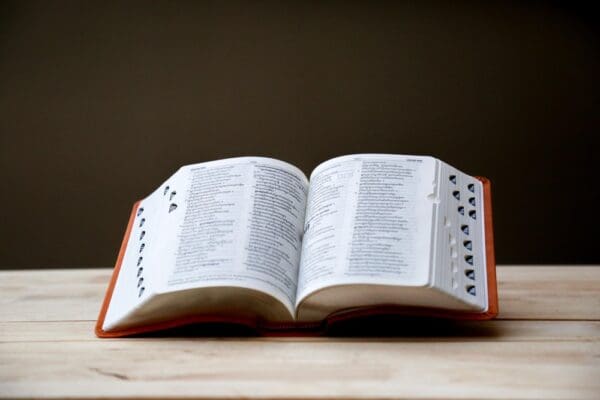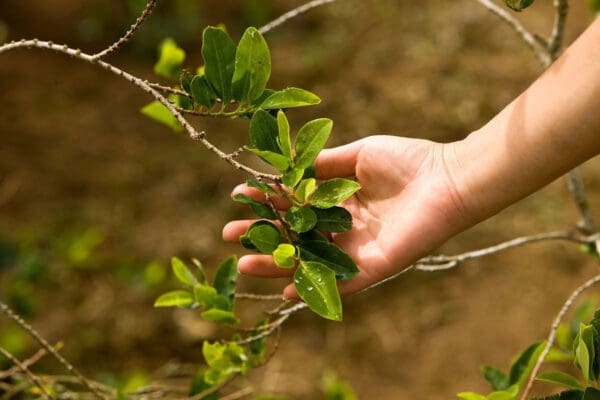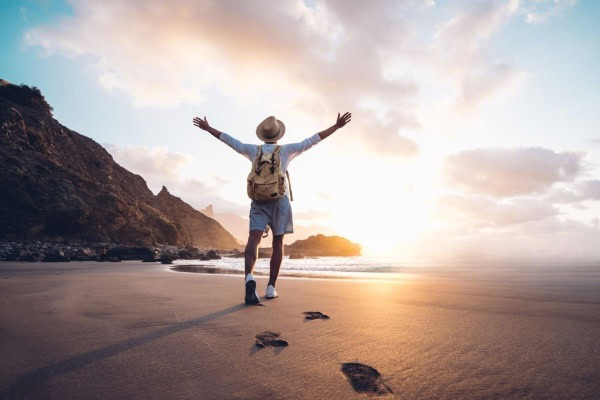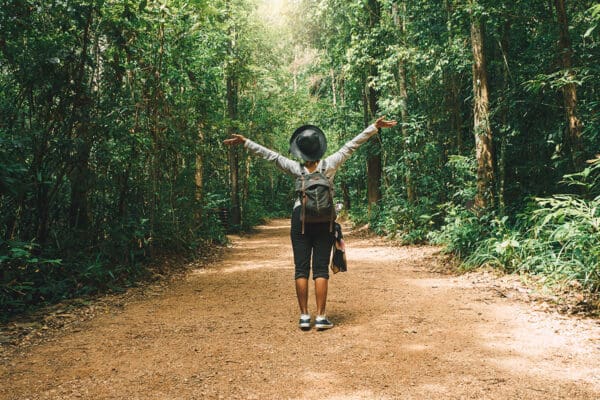Confused about ibogaine vs ayahuasca? Explore their effects, cultural significance, and safety to make an informed choice for your healing journey.
Ibogaine is not the same as ayahuasca, and if you are considering whether to participate in psychedelic therapy, you might have some questions about which treatment is right for you. Ayahuasca and ibogaine are two very different medicines, but they do share some similarities.
First, ayahuasca is a brew made of several plants found in the Amazon River Basin, most importantly the Banisteriopsis caapi vine, and another psychotropic plant, usually Psychotria viridis or Diplopterys cabrerana. Ibogaine is a compound, specifically an indole alkaloid located in multiple plant species endemic to Central Africa, the Amazon River Basin, Australia, and South America.
Both ibogaine and ayahuasca are medicines, but ibogaine is unique because of its ability to interrupt opioid withdrawal and catalyze specific neurotransmitters that support dopamine receptors’ health. Some of the compounds found in ayahuasca also support nerve growth, but ibogaine is the only known natural compound that catalyzes the release of GDNF, a neurotrophic factor responsible for the survival of neurons and promoting neuroplasticity. There is a great need for clinical research in this regard, but currently, clinical trials are rather limited.
If misused, ibogaine can be fatal and should not be administered without medical supervision. Learn more about the pharmacology of ibogaine here and read on to learn more about the differences between ibogaine and ayahuasca.
Is Ibogaine a Plant Medicine?
Both ayahuasca and ibogaine are plant medicines, but they are prepared and processed quite differently.
Ayahuasca is a brew prepared over several days of ceremony in South America, with each batch and healer preparing a slightly different brew of added plants, but always containing a psychotropic plant that contains DMT, and the Banisteriopsis caapi vine, which acts as an MAO inhibitor so that the DMT can be activated in the body.
Used at ibogaine treatment centers, ibogaine HCl is most often produced from the Voacanga africana tree but may also come from the Tabernanthe iboga shrub, which is a legally protected cultural sacrament in Gabon. Ibogaine is most concentrated in the iboga plant, but this perennial shrub grows slowly and is currently an unsustainable source. Most ibogaine providers use ibogaine sourced from the alternative Voacanga africana, which grows in abundance and in many climates.
Technically, the ibogaine HCL derived from Voacanga africana is a semi-synthetic plant medicine, compared to the naturally derived ibogaine HCL from Tabernanthe iboga. Once processed, ibogaine hydrochloride (HCL) is a white crystalline powder and is administered in capsules. Though there may be some processing steps involved that are different from ayahuasca, ibogaine is always derived from plants.
While ibogaine does not have a traditional history of use in this extracted form, the Tabernanthe iboga plant of Gabon produces the ibogaine molecule in lower potency within its root bark — along with other alkaloids that may provide some healing properties. Tabernanthe iboga has been used in spiritual cosmology, ceremony, and rituals for millennia.
When you hear someone talk about iboga therapy, they are most likely speaking about traditional rituals among the Bwiti belief system, one of 3 officially recognized religions of Gabon. For the Bwiti, iboga is sacred. For Gabon, ibogaine derived from the iboga shrub falls under the Nagoya Protocol and should be regarded as the traditional knowledge holders’ intellectual property.
If you hear someone talking about ibogaine therapy, they are more likely speaking about an ibogaine clinic which could be located in many countries around the globe — but not in the United States where ibogaine is currently illegal.
What is the Difference Between an Ayahuasca and Ibogaine Trip?
Both ayahuasca and ibogaine can result in very intense, visionary trips. But, because of the unique properties of ibogaine and the way it is metabolized in the liver, an ibogaine trip can last much longer, as long as 18-36 hours. Ayahuasca is closer to 12 hours.
Ibogaine has unique effects on the heart and is generally considered a high-risk psychedelic. While medical screening is usually required and always recommended before ibogaine treatment, accidental deaths have still occurred during the course of ibogaine treatment.
It is absolutely vital that people do not use ibogaine without the supervision of an experienced provider. There are several types of medication and other substances that are uniquely dangerous to use before and with ibogaine. Be sure to communicate everything you are using to your provider, who can help determine if ibogaine is right for you.
Ayahuasca is not as risky as ibogaine, but there are some potential risks, especially for people with heart conditions — which can always remain undiagnosed. Ayahuasca also involves plants that interact with common SSRI medications, so it is especially important to communicate to providers if you are using these. Ensuring one is in good physical health through medical screening is an ideal, but not always a practice. When it comes to ibogaine, however, it should be a rule.
What Sacred Plants Produce Ibogaine?
Ibogaine is most concentrated in the Tabernanthe iboga plant, a sacred and slow-growing shrub native to West Africa that is facing extinction. The compound is also naturally occurring in 5 other plants, most notably Voacanga africana and Tabernaemontana undulata, but these plants are not central to a spiritual belief system in the way iboga is.
Contrasting ayahuasca’s lengthy preparation, iboga does not require hours of processing with additional plants. Instead, the roots may be chewed alone — or more likely processed into a powder or extract to be used in ceremonies.
Much like ayahuasca, iboga is traditionally prepared with ritual intention within a community. For the many practitioners of the Bwiti spiritual discipline, to administer ibogaine outside of a ceremonial container is to deny the Seeker the entire teaching of iboga and to disrespect the cultures of Bwiti. Unlike ayahuasca, there are no religious protections in the U.S. for its use, and ibogaine remains illegal.
What Cultures Use Ibogaine?
Due to the protected status and cultural heritage of iboga, sourcing should be a point of conversation among providers and patients. Recall that ibogaine is a molecule, not a plant. The iboga plant contains the highest concentration of ibogaine and is still being used medicinally and spiritually — but because of poaching and overharvesting, the Bwiti practitioners are having problems sourcing their sacrament.
Stewarded by Pygmy tribes indigenous to the region for millennia, French colonists first observed iboga use toward the end of the 19th century. The psychoactive alkaloid was soon isolated and briefly marketed in Europe under the name “Lambarene” as a mental and physical stimulant to alleviate depressive symptoms.
In its original context, iboga supports Bwiti members through rites and rituals that originate in a pre-colonial era. Modern rituals are often infused with elements from other religions (such as Christianity). Ancestors and animism are integral elements of Bwiti, and iboga is used to facilitate healing and initiate one into a spiritual lineage through rites of passage.
Iboga is a protected species in Gabon. All exports were banned as of 2019, citing both the United Nations Nagoya Protocol and a declaration made in 2000 that designated iboga a “national cultural heritage” and “strategic reserve to be protected from illegal exploitation.”
Pointing to this compound’s efficacy to support recovery from addiction and the desire for a global market, some advocates promote mass-production of the more sustainable and less culturally sacred, semi-synthetic ibogaine hydrochloride (HCL) made from Voacanga africana as an alternative to Tabernanthe iboga.
A final thought:
Ibogaine and ayahuasca are entirely different, with different trips and different pharmacology, as well as different cultural meanings and legal protections. Ibogaine has significant physiological risks and is unique because of its ability to interrupt opioid withdrawal. As a result, it is often used for treating substance use disorders at medical clinics.
